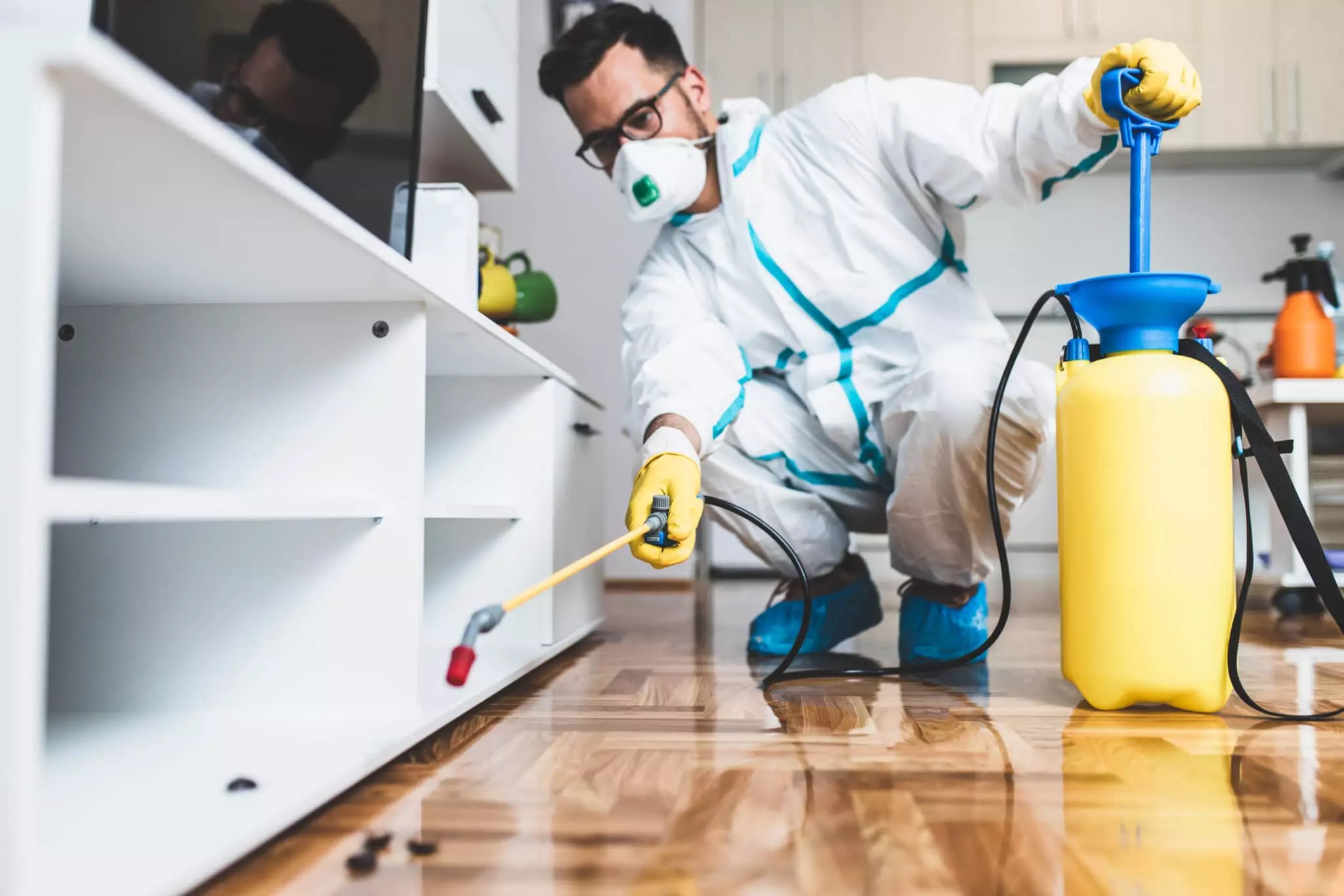Discovering Infestation and Therapy Techniques worldwide of Parasite Control
The landscape of bug control encompasses a myriad of obstacles, especially as problems of common household parasites continue to advance. Comprehending the behaviors and reproductive patterns of these annoyances is essential for creating efficient treatment methods. By integrating precautionary measures with sophisticated management methods, such as Integrated Parasite Monitoring (IPM), property owners can much better safeguard their atmospheres. However, the efficiency of these approaches may vary dramatically based on details circumstances. What underlying variables add to the success or failure of these methods in various settings?

Usual Household Pests
When it concerns managing our space, comprehending typical family parasites is crucial. These insects not only disrupt our comfort but can also pose health risks and damage residential or commercial property. The most prevalent home insects include ants, roaches, rats, termites, and bed pests.
Ants, often seen foraging in cooking areas, can pollute food and establish huge nests. Rodents, consisting of mice and rats, can create structural damages and bring diseases like hantavirus and salmonella.
Acknowledging the signs of these parasites, such as droppings, nests, or bite marks, is essential for very early intervention (Pest Control Lockhart). Correct sanitation techniques, sealing access factors, and preserving a clutter-free environment are reliable preventative steps. By recognizing these typical house insects and comprehending their behaviors, home owners can take proactive actions to mitigate invasions, ensuring a healthier living setting
Understanding Parasite Infestations
Bug infestations can escalate rapidly, turning a minor nuisance right into a considerable trouble if not resolved without delay. Usual factors contributing to infestations include poor sanitation, architectural susceptabilities, and seasonal adjustments that drive bugs inside.
Recognizing the kind of parasite is crucial, as various varieties display different habits and reproductive rates. As an example, rodents may establish nests in hidden locations while pests like roaches flourish in damp environments. Early detection typically hinges on recognizing signs such as droppings, munch marks, or uncommon noises, which can indicate a problem before it becomes extreme.
Environmental conditions also play an important role in parasite expansion. Warm, moist climates can promote the fast growth of parasite populaces, while changes in landscape design or building can inadvertently develop favorable environments. Therefore, normal evaluations and preventative measures are vital to reducing the threat of invasions. An enlightened method to recognizing these dynamics prepares for effective bug management approaches in the future.
Treatment Techniques and Strategies
Effective treatment techniques and methods are essential for reducing bug problems and restoring a safe atmosphere. A diverse technique is more often best, incorporating chemical, biological, and mechanical techniques customized to the particular parasite and the severity of the infestation.
Chemical treatments include the use of insecticides and herbicides, which can successfully get rid of insects. Appropriate application and adherence to safety and security standards are critical to decrease threats to human beings and non-target why not check here microorganisms. Integrated Bug Administration (IPM) motivates the cautious use of chemicals as a last hope, relying instead on monitoring and limit degrees to figure out intervention needs.
Organic control techniques involve presenting natural killers or bloodsuckers to reduce parasite populations. This approach is significantly prominent, especially in agricultural setups, as it promotes ecological sustainability.
Mechanical approaches, such as traps and obstacles, offer prompt alleviation from insects without presenting chemicals. Choices consist of sticky traps for pests or physical barriers for rats.
Ultimately, the selection of treatment technique should take into consideration the particular insect, the setting, and potential effect on human wellness and environments. A balanced mix of these techniques can properly manage invasions while advertising long-lasting parasite control services.
Safety Nets for House
Proactively addressing insect concerns prior to they escalate is important for keeping a healthy and balanced home environment (Pest Control Lockhart). Carrying out reliable safety nets can substantially lower the possibility of invasions, eventually guarding both your residential property and health

Appropriate landscaping also plays an important duty in avoidance. Maintaining bushes and trees trimmed away from your home reduces the chances of pests locating their means inside. Moreover, make certain that water drainage systems are working effectively to avoid standing water, which can attract insects and various other bugs.
Last but not least, regular evaluations are recommended. Routinely checking for indicators of pest task enables early treatment. By embracing these safety nets, property owners can develop an atmosphere that is less hospitable to parasites, consequently enhancing their total lifestyle and reducing the requirement for extensive parasite control interventions.
Business Insect Control Techniques
A comprehensive technique to commercial bug control is important for organizations aiming to preserve a safe and hygienic setting. Effective strategies include a combination of routine examinations, employee training, and the application of Integrated Pest Administration (IPM) techniques.
Regular evaluations enable very early discovery of pest task, permitting for timely intervention. Services need to develop a routine timetable for these assessments, concentrating on risky locations such as kitchens, storage spaces, and garbage disposal websites. Employee training is equally critical; personnel ought to be informed on the indicators of pest infestations and the significance of reporting them quickly.
Implementing IPM practices helps Bonuses reduce bug problems sustainably. This consists of environment adjustment, such as securing access factors and lowering mess, along with using all-natural deterrents prior to resorting to chemical treatments.

Furthermore, collaborating with a certified insect control copyright makes certain accessibility to specialist expertise and sophisticated therapy alternatives. This collaboration can cause personalized pest control plans tailored to the details demands of business, decreasing threats and improving general effectiveness. Ultimately, a proactive and enlightened technique promotes a pest-free environment, safeguarding both public wellness and service track record.
Verdict
In final thought, effective bug control demands an extensive understanding of usual home bugs and their behaviors, coupled with targeted therapy approaches. Executing precautionary measures together with therapy approaches such as Integrated Insect Administration and organic control enhances the capacity to reduce invasions.
Comments on “Trust Pest Control Lockhart for Reliable Pest Prevention”